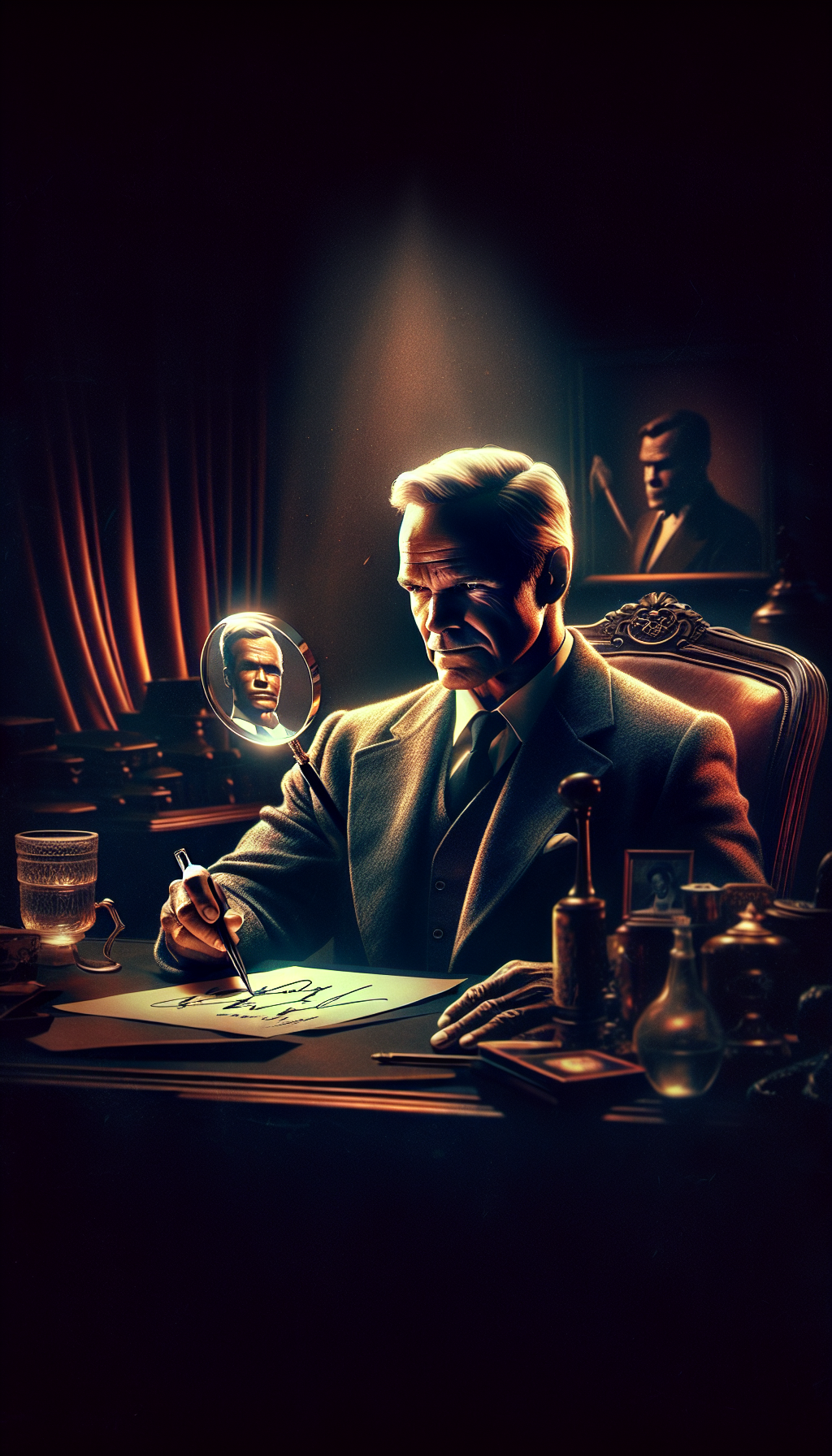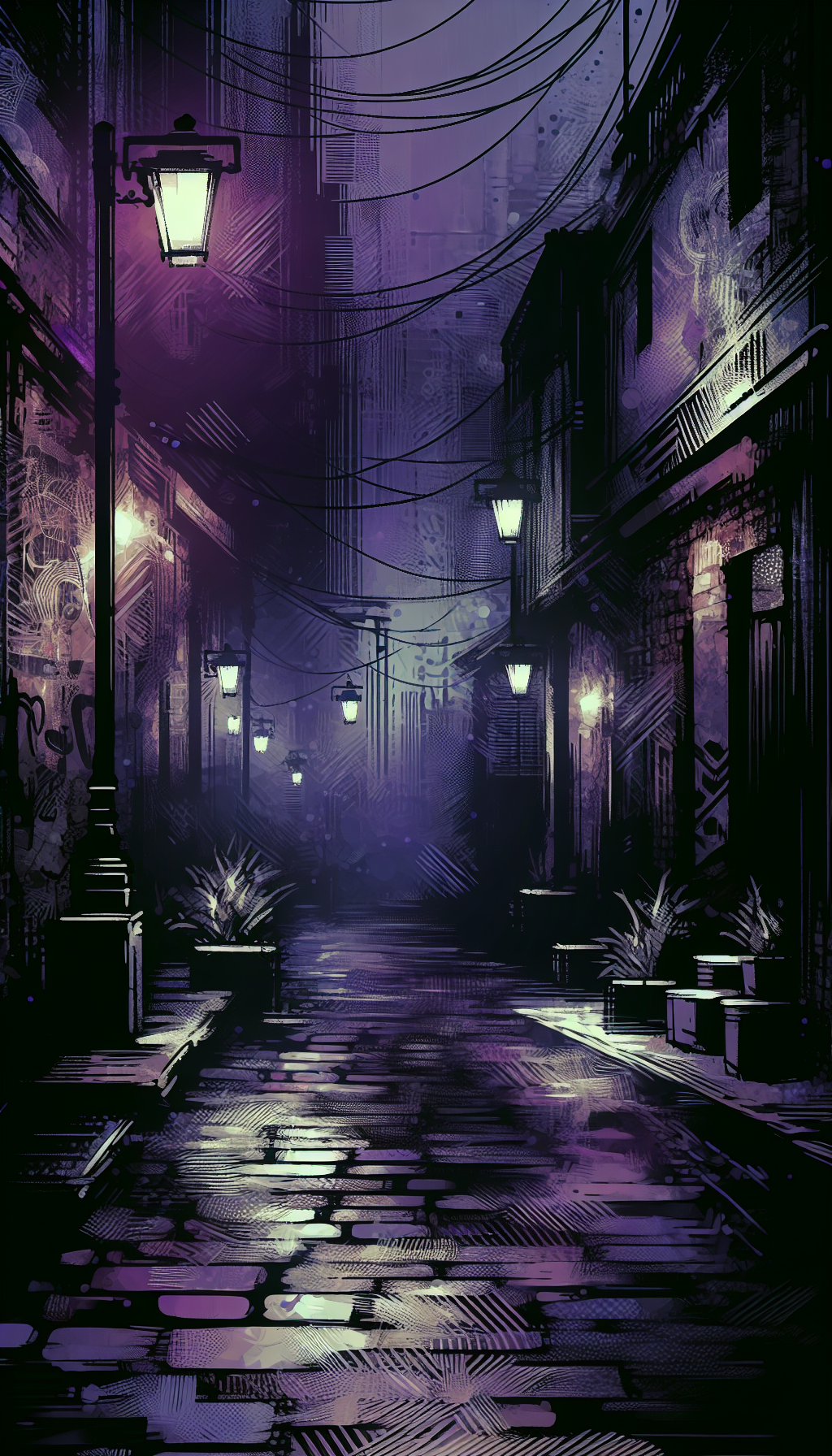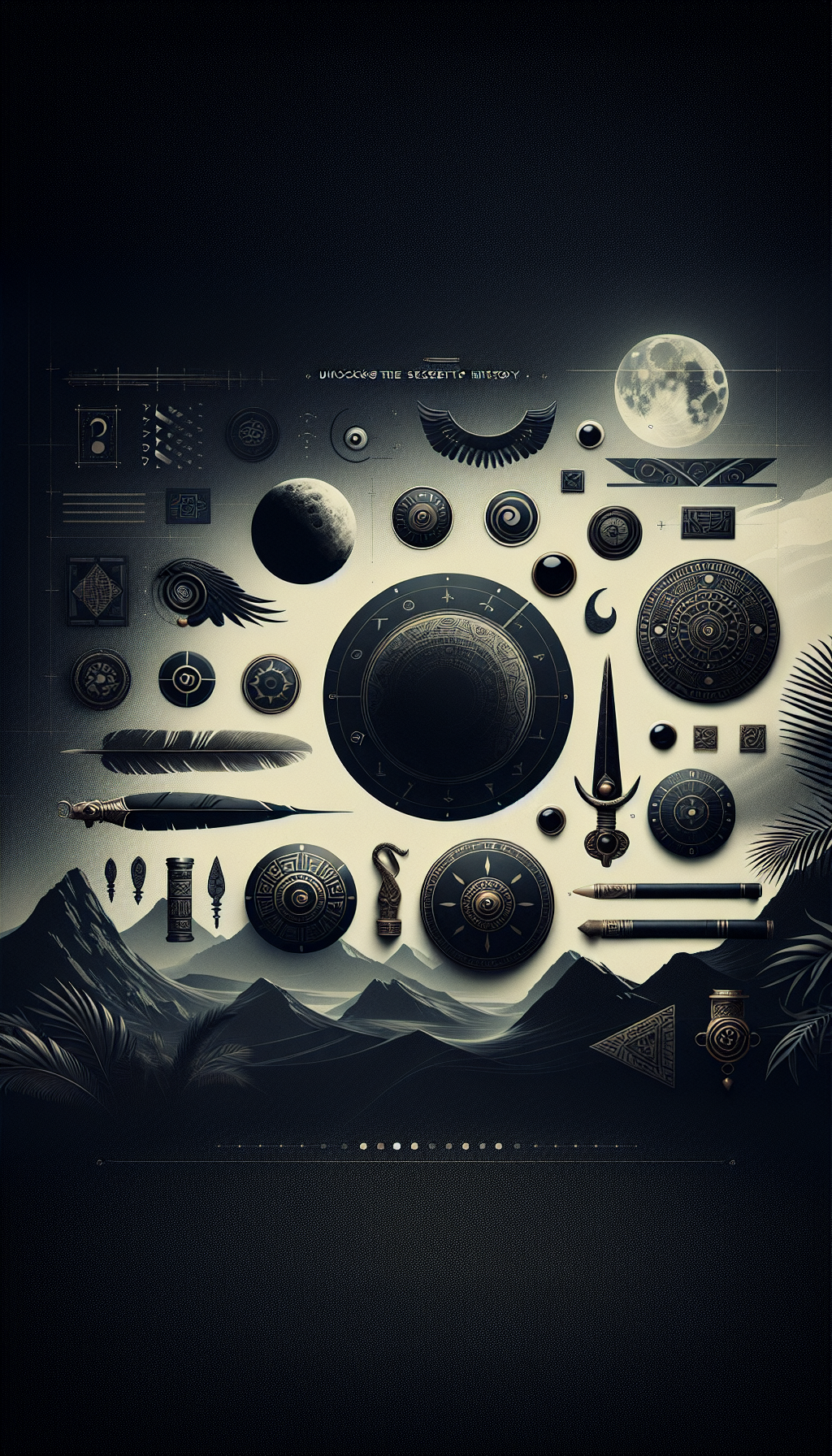Unlocking The Worth The Comprehensive Guide To Danny Tartabull Baseball Card Values
Danny Tartabull isn’t a Hall of Famer, but his peak power seasons, large-market exposure with the Yankees, and placement in several pivotal 1980s–1990s sets make his cards surprisingly relevant for collectors and appraisers. This guide focuses on identifying the Tartabull cards that matter most, how condition and scarcity drive value, what price ranges are reasonable today, and practical steps to evaluate and sell.
Why Danny Tartabull Cards Still Matter
- Production and narrative: Tartabull mashed 30+ home runs multiple times, posted strong on-base numbers, and became a high-profile free-agent signing for the Yankees in the early 1990s. That big-market storyline keeps his cards in collecting conversations.
- Rookie in the update/traded era: Tartabull’s first true rookies land in 1986 “update/traded” products—sets with factory-only distribution and better average condition, but chronic centering issues. They’re cornerstone cards for the player.
- 1990s parallel boom: Tartabull appears in influential early-fractor and limited parallel runs. Special issues like 1991 Topps Desert Shield and 1993 Finest Refractors have genuine scarcity, supporting meaningful valuations even for non-Hall players.
For antiques and appraisal enthusiasts, Tartabull offers an ideal case study: affordable entry points for base rookies, with real upside in premium versions and early refractors.
The Rookie Card Run: 1986 Updates and Traded
Most collectors agree Tartabull’s rookies are in 1986 “rookie-year” boxed sets. These were not pack-issued, reducing gum and wax stains, but centering and print quality still affect grades.
Key rookie cards to know:
- 1986 Topps Traded (base): Widely collected rookie. Factory-set distribution means clean surfaces are common; centering can be rough. In Near Mint raw condition, expect roughly $3–8. PSA 9s often sell around $20–50; PSA 10s can push $70–150 depending on recent comps.
- 1986 Topps Traded Tiffany: The premium glossy-stock version. Lower print run (commonly cited as low tens of thousands) and sharper presentation drive value. Raw examples in strong condition often bring $25–60. High-grade copies do well: PSA 9s roughly $150–300 and PSA 10s typically $300–600.
- 1986 Fleer Update (base): Another core rookie with a blue border that shows chipping. Raw NM copies usually run $2–6. PSA 9s $25–60; PSA 10s $80–180, reflecting the difficulty of flawless borders and centering.
- 1986 Donruss The Rookies (base): Green/teal border that dings and flakes easily. Raw NM: $2–5. PSA 9: $20–45. PSA 10: $80–150, again driven by the challenge of preserving corners and edges.
Notes for identification:
- Topps Traded vs Tiffany: Tiffany shows a high-gloss front and bright white backs with crisp color. Standard Topps Traded has a more matte front and slightly off-white backs.
- Update/Traded condition pattern: You’ll see fewer surface stains than regular-season pack cards, but centering and print “snow” can limit Gem Mint rates.
Scarce Parallels and Inserts That Outperform
If you’re appraising for top-dollar opportunities, focus here. These issues can be the difference between a $10 card and a four-figure result in top grade.
1991 Topps Desert Shield: A special version of the 1991 Topps base set made for military personnel and marked with a small gold foil shield on the card front. The run is widely believed to be limited (commonly cited around the mid-thousands per player), and fakes exist. Authentic, well-centered copies command strong premiums.
- Typical pricing: Raw examples, when clean and centered, often $40–120. PSA 8s $120–220; PSA 9s $250–500; PSA 10s can reach $600–1,200 for the right buyer. Authentication and centering matter enormously.
- Authentication pointers: The foil shield is crisp, finely detailed, and properly placed. Counterfeits often show soft, dull gold or imprecise edges. Compare the shield’s texture and detail under magnification; surface gloss and stock should match standard 1991 Topps, not a different laminate.
1993 Finest Refractor: Among the hobby’s most important early refractors. The 1993 baseball refractors are scarce—commonly estimated at fewer than 250 copies per player—and were not labeled “Refractor” on the card, so visual confirmation via light tilt is necessary.
- Typical pricing: Raw refractors often range $150–350. PSA 9s $400–800; PSA 10s can exceed $1,000, sometimes pushing higher when two player or set collectors compete.
1994 Finest Refractor / 1995 Bowman’s Best Refractor: Less scarce than 1993 Finest Refractors but still popular with 1990s parallel collectors.
- Typical pricing: Depending on centering and scuffing, raw $20–80; graded premiums apply for clean, scratch-free copies.
1996 Leaf Signature Autographs: Among the first widely packed, certified autograph sets. Tartabull’s signed cards from this release remain steady performers.
- Typical pricing: Bronze autos often $10–25; Silver $25–60; Gold (/100) $60–150, with eye appeal and on-card boldness influencing the top of the range.
Other noteworthy items:
- 1987 black-bordered issues (e.g., Donruss): Not rare, but PSA 10s are tough and can sell better than expected due to edge chipping. A sharp eye for print defects pays off.
- O-Pee-Chee and team variations: OPC counterparts and team-change updates from 1987 can add niche interest but usually trail the 1986 rookie and premium parallel tiers.
Condition, Grading, and Population Realities
For 1986 rookies and early 1990s parallels, minute condition details can produce outsized price differences.
- Centering: The top driver of grade on 1986 update/traded cards. Even pack-fresh-looking cards may be 70/30 or worse. Centering standards tighten near Gem Mint; use a centering tool or high-resolution ruler overlay when assessing.
- Border chipping: Fleer and Donruss colored borders (1986/1987) show white flecks quickly. Examine edges under bright, raking light.
- Print quality: Look for “snow,” fish-eyes, roller lines, and registration issues, especially on 1986 Donruss The Rookies and 1986 Fleer Update.
- Surface gloss and scuffing: Tiffany and Finest surfaces scuff easily. Finest refractors are notorious for hairline scratches. Tilt under strong light to find micro-abrasions.
- Stains and factory marks: While 1986 factory update sets avoid pack stains, warehouse handling could still produce corner bumps or light edge wear. Always inspect the back for stock toning and print dots.
- Grading choice: PSA tends to command the highest resale premiums for 1980s–1990s baseball, but SGC and BGS are credible and sometimes faster. For refractors and Desert Shield, authentication confidence is a major plus regardless of grader.
- Population trends: True Gem Mint rates remain modest on 1986 rookies due to centering. For Desert Shield and early refractors, the combination of scarcity and condition sensitivity elevates the top grades dramatically.
Storage recommendations:
- Use non-PVC sleeves and rigid holders or graded slabs.
- Control humidity and temperature; avoid UV exposure to preserve gloss and autographs.
- Do not stack raw refractors; sleeve individually to prevent surface friction.
Pricing Benchmarks and Market Behavior
Values shift with supply, nostalgia cycles, and broader 1980s–1990s interest. As of recent market norms:
- 1986 Topps Traded (base): Raw NM $3–8; PSA 9 $20–50; PSA 10 $70–150.
- 1986 Topps Traded Tiffany: Raw $25–60; PSA 9 $150–300; PSA 10 $300–600.
- 1986 Fleer Update: Raw $2–6; PSA 9 $25–60; PSA 10 $80–180.
- 1986 Donruss The Rookies: Raw $2–5; PSA 9 $20–45; PSA 10 $80–150.
- 1987 base (Topps/Donruss/Fleer): Raw commons $0.50–2; PSA 10s can be $25–120 depending on issue and centering difficulty (Donruss generally strongest due to black border).
- 1991 Topps Desert Shield: Raw $40–120; PSA 8 $120–220; PSA 9 $250–500; PSA 10 $600–1,200.
- 1993 Finest Refractor: Raw $150–350; PSA 9 $400–800; PSA 10 $1,000+ is feasible under strong demand.
- 1996 Leaf Signature Autographs: Bronze $10–25; Silver $25–60; Gold (/100) $60–150.
Notes for appraisers:
- Comp selection matters. Compare like-with-like: same grading company, same subgrades (if BGS), similar centering and eye appeal. A well-centered PSA 9 often outperforms a poorly centered PSA 10 in buyer eyes, especially for display pieces.
- Timing: Vintage-adjacent 1980s and early-1990s cards can see seasonal bumps (preseason and playoffs) and nostalgia spikes. Listings that end on weekend evenings often perform better in auctions due to higher bidder activity.
Buying, Selling, and Appraising: Best Practices
- Buy the best condition you can afford: Especially with 1986 colored-border cards and 1990s refractors, paying a small premium for centering and clean surfaces pays off.
- Verify authenticity on premium issues: Desert Shield and early refractors attract counterfeiters. Use a loupe on foil and halftone dots, and favor graded copies for high-end sales.
- Consider crossover potential: If you own a strong BGS/SGC grade and the card looks undergraded relative to PSA standards, a crack-and-submit or crossover might unlock value. Run the math on fees and success odds.
- Auction vs fixed price: Auction helps discover value on scarce items (1993 Finest Refractor, high-grade Desert Shield). Fixed-price with “Best Offer” suits common rookies and mid-grade material.
- Keep provenance when possible: Receipts from original factory sets, trusted hobby shop notes, or consistent collection history can be persuasive to buyers—especially on Tiffany and Desert Shield.
Quick Appraisal Checklist
- Identify the card:
- Rookie? (1986 Topps Traded, Fleer Update, Donruss The Rookies)
- Premium version? (Topps Traded Tiffany, 1991 Topps Desert Shield, 1993 Finest Refractor)
- Verify authenticity of special issues:
- Desert Shield gold foil stamp crisp and correctly placed?
- Refractor rainbow effect present under tilt on 1993 Finest?
- Tiffany glossy front and bright white back stock?
- Assess condition:
- Centering within 55/45 or better?
- Corners sharp, no border chipping?
- Clean surfaces with no print snow or scratches?
- Decide on grading:
- Value likely to exceed grading + shipping costs?
- Choose PSA/SGC/BGS based on market premium and turnaround.
- Price with relevant comps:
- Same grader, similar centering and eye appeal.
- Adjust for recent sale dates and seasonality.
FAQ
Q: What is Danny Tartabull’s “true” rookie card? A: The hobby recognizes his 1986 update/traded releases as rookies: 1986 Topps Traded, 1986 Fleer Update, and 1986 Donruss The Rookies. Among these, the Topps Traded Tiffany is the premium parallel and usually the most valuable in high grade.
Q: How can I tell if my 1991 Topps Desert Shield is real? A: Inspect the gold shield under magnification. Authentic stamps are sharp and finely detailed, with clean edges and proper placement. Fakes often have duller, muddy gold and soft details. Matching gloss and stock to regular 1991 Topps, along with third-party grading, further supports authenticity.
Q: Are 1993 Finest Refractors labeled? A: No. The original 1993 Finest baseball refractors are unlabeled. Confirm by tilting under strong light to see the rainbow reflective effect. Because of the scarcity and counterfeits, graded copies are preferred for higher-end transactions.
Q: Are 1987 Tartabull cards worth grading? A: Only if they look truly exceptional—dead-centered with flawless borders and corners. Most 1987 base cards are common; value emerges in PSA 10-level examples or tougher black-border issues like Donruss.
Q: Is Tartabull a good investment or mainly for player/set collectors? A: He’s a niche value play. Broad investment upside is limited compared to Hall of Famers, but scarce issues (Desert Shield, early refractors, high-grade Tiffany) can perform well due to set demand and true scarcity. For targeted collectors, the risk-reward profile is attractive.
By focusing on the 1986 rookie trio, the Topps Traded Tiffany premium, and genuinely scarce 1990s parallels like 1991 Topps Desert Shield and 1993 Finest Refractors, you can confidently appraise and trade Danny Tartabull cards. Pay close attention to centering, surface, and authentication, and let high-quality comps guide your pricing.




